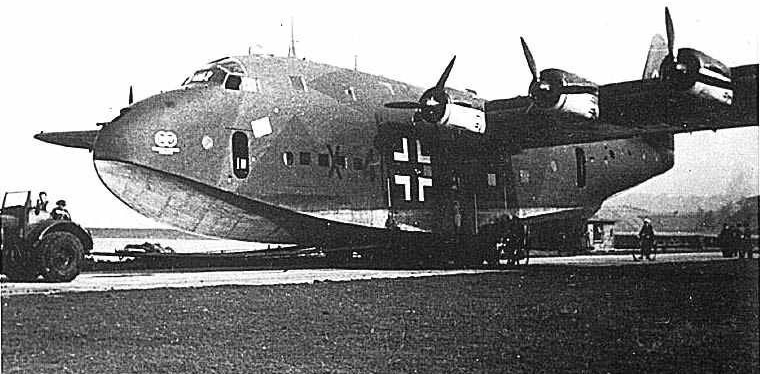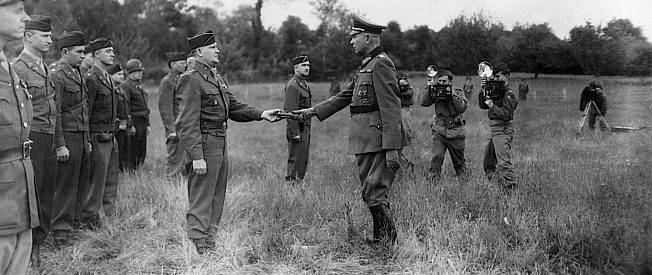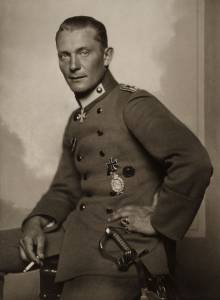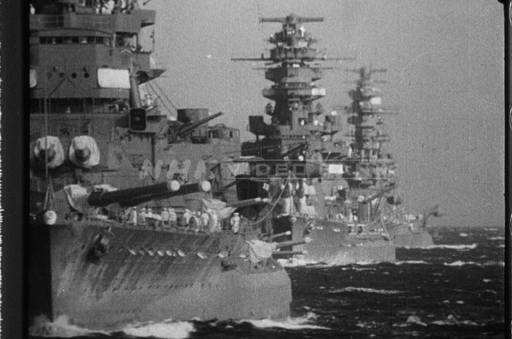

Would Howard Hughes’ Hercules have been a viable aircraft if it had been kept in service?
Would Howard Hughes’ Hercules have been a viable aircraft if it had been kept in service? Howard Hughes’ H-4 Hercules, commonly known as the “Spruce Goose,” was an ambitious and innovative aircraft for its time, designed as a heavy transport during World War II to carry large amounts of cargo and troops. However, assessing its potential as a capable aircraft if put into service requires considering several factors:
Design and Materials:
The Hercules was made primarily of wood due to wartime restrictions on metals. This construction posed both benefits and drawbacks. The wooden airframe was lighter for its size, but it wasn’t as durable or easy to maintain as metal aircraft, especially over extended periods.
Engineering Feasibility:
The aircraft had an enormous wingspan (approximately 320 feet) and used eight powerful radial engines. The one test flight it performed in 1947 demonstrated that it could indeed take off and fly, but there were significant questions regarding its ability to handle more complex maneuvers or function in different operational scenarios. Its immense size would have posed logistical challenges at most airfields of the time.
Performance:
The Hercules was intended for a long-range cargo mission profile, capable of carrying heavy loads over great distances. However, with its wooden frame and relatively underpowered engines for its size, the aircraft would likely have faced limitations in speed, altitude, and efficiency compared to the metal-bodied transports that soon emerged in the post-war years.
Technological Context:
By the time the Hercules made its flight, the war had ended, and advancements in aviation technology had quickly surpassed what the Hercules offered. The emergence of more advanced materials, jet propulsion, and more efficient designs rendered it less practical for real-world military or commercial service.
Operational Challenges:
Maintaining and operating such a large and complex aircraft would have required significant infrastructure and investment. Given its size, ground handling, storage, and support would have been more difficult than with other transport aircraft available at the time, limiting its practical use.
In summary, while the Hercules was an impressive engineering achievement and demonstrated potential as a flying cargo ship, it was ultimately too impractical for regular service given its limitations in materials, engineering challenges, and the rapid pace of technological advancement in aviation. It likely would not have been as capable or cost-effective as other transport aircraft that soon became available.




